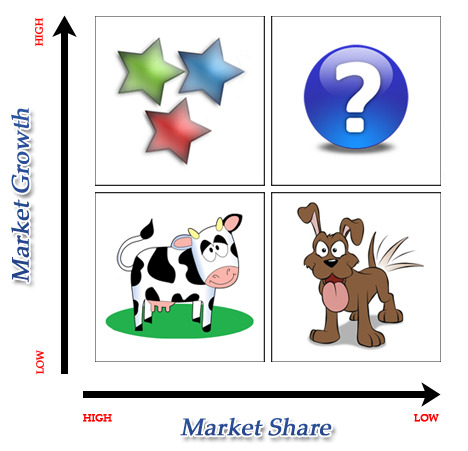Growth strategies followed by MNC’s
Growth is a way of life. Almost all organizations plan to expand. This strategy is followed when an organization aims at higher growth by broadening its one or more of its business in terms of their respective customer groups, customers functions, and alternative technologies singly or jointly — in order to improve its overall performance. There are four types of expansion (Growth) strategies Expansion through concentration Expansion through integration Expansion through diversification Expansion through cooperation 1. Expansion through concentration It involves converging resources in one or more of firms businesses in terms of their respective customer needs, customer functions, or alternative technologies either singly or jointly, in such a manner that it results in expansions. A firm that is familiar with an industry would naturally like to invest more in known business rather than unknown business. Concentration can be done through Market Penetration: It involves selling more products to Continue reading
